Poultry is defined as raising domesticated breeds of birds, including chickens, turkeys, ducks, geese, guinea fowl, and quails, which are raised for their meat and eggs. Chickens are by far the largest group of farmed birds in New Zealand. A small number of businesses raise turkeys, ducks, and other species such as quail. The two main breeds grown in New Zealand are the Ross and the Cobb. New Zealand mainly imports eggs from these two companies. Let’s check out more information about Poultry farming in New Zealand.
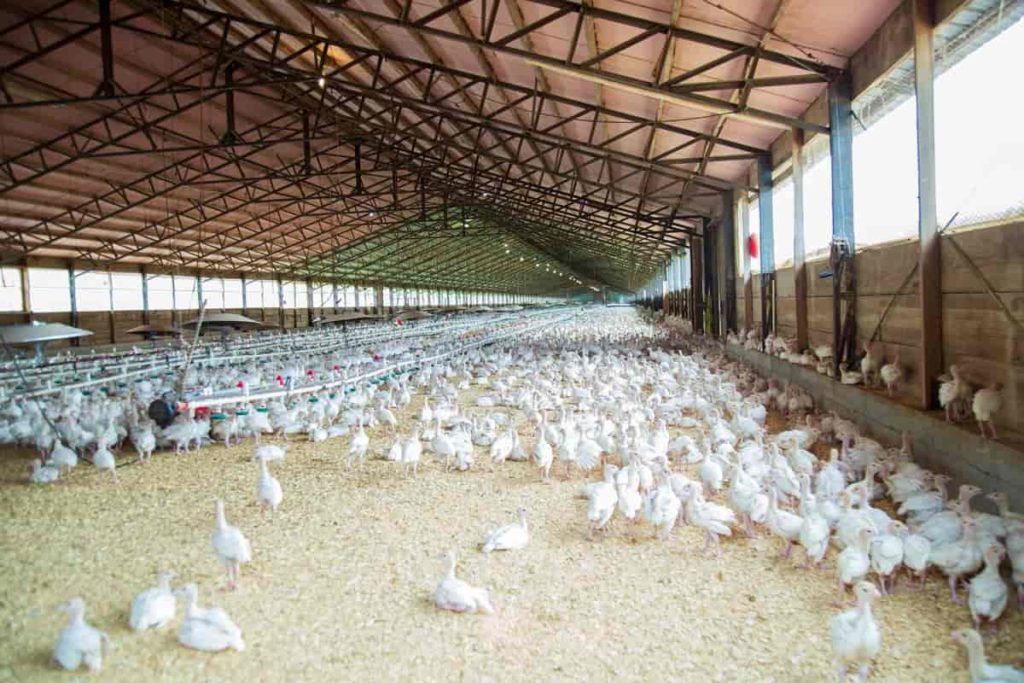
Housing management
New strategies are needed to catch the next wave of growth in the New Zealand poultry industry. Meat chickens are not kept in cages but are kept in large warehouses. They have access to food and water and can move around the warehouse on wood shaving or paper litter. Each shed typically contains 25,000-45,000 chickens, depending on the size and planned processing weight. The chickens are reared until they reach the ideal weight (32-42 days). Chickens have access to an area of more than three square meters and include;
- Rain-proof chicken coop for laying eggs
- At least 30 cm of roost or perch per chicken
- A minimum roof height of 60cm
- A surface for pecking and scratching
- A secluded nesting area
Where to keep your chicken coop
- Place the coop in a place that is least likely to disturb neighbors.
- Make sure the chickens are limited and cannot leave the property freely.
Free-range chickens in New Zealand
Like all chickens reared in New Zealand, free-range birds breed very fast and suffer from all the health problems that chickens are raised indoors. There is no industry standard for free-range chicken farming in New Zealand, and the poultry birds must be able to reach outside. This access is usually in small ‘pop holes’ around the shed.
In case you missed it: Equipment Needed for Poultry Farming: Tools, and PDF
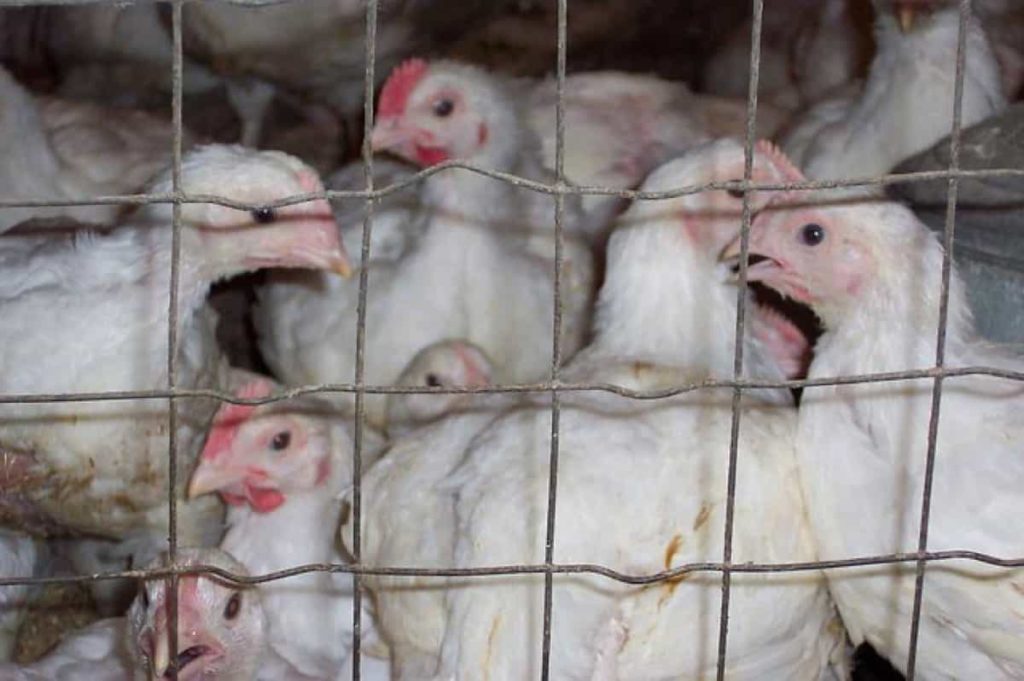
Free-range chicken sheds can accommodate up to 35,000 birds – and just like most chickens reared in sheds in New Zealand, a combination of overcrowding and health problems that prevent them from walking or standing makes it difficult to go to the pop holes. The fact is that most of the chickens on the ‘free range’ farms are not physically able to step outside.
Laying eggs
Two hatcheries in New Zealand lay eggs in a controlled environment cabinet and sell chickens to farmers. Producers can also buy 16–18-week-old pullets, starting to lay eggs in a few weeks. It takes for mature chickens to reach maturity and lay eggs has decreased. Chickens are now maturing faster because they have been bred to do so. The feed accounts for 60-70% of the total cost of egg production. Other prices include livestock housing and care, egg processing, packaging, storage, distribution, and marketing.
Commercial layer hens in New Zealand
Most commercial layer hens in New Zealand are Hyline Brown or Brown Shaver. Both are brown-feathered varieties with some white plumage, especially in the tail. In New Zealand, layer hens can be kept in cages, colonies, warehouses, or free-range. Like many birds, hens are made from wild birds, and this heritage still influences their behavior today. Layered hens are also wary of large open spaces where they may pose a threat to predators. They prefer shelters or boundaries with trees and bushes.
Commercial hens are unique birds chosen for egg farming because they lay higher quality eggs than other breeds. About 3 million commercial layer chickens are produced in New Zealand each year. Poultry breeding companies manage their breeding to ensure that the chickens are the best and maintain international genetic developments. In addition, there are strict quarantine and breeding regulations to help keep our country’s high disease-free status.
In case you missed it: Common Mistakes Everyone Makes in Poultry Farming
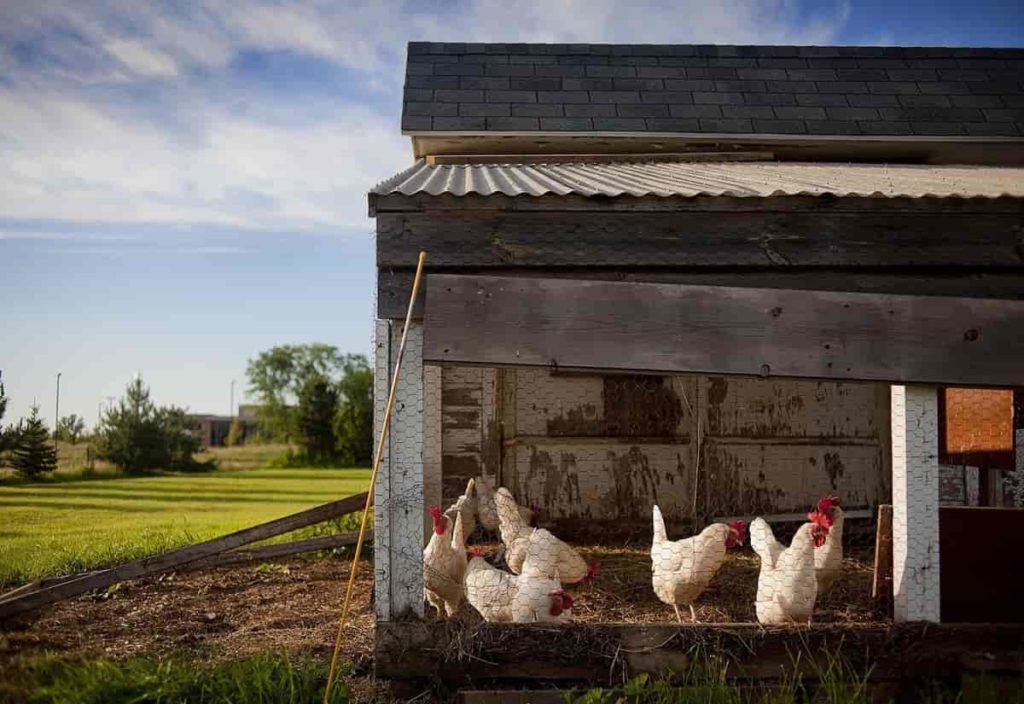
Each year, hatching eggs from two major international companies are imported into New Zealand under Ministry for Primary Industries supervision. These hatchings will be the grandparents of the last layer of chickens: they will breed parent stock, which will then breed the third breed of layer chickens used in New Zealand egg farms.
Poultry breeds in New Zealand
Araucana
Araucana is a pleasure to grow because they do not need special care. This breed has numerous color variations, the most famous in New Zealand being Lavender Araucana. They were initially made in Chile and are an excellent layer of medium-sized bright blue-green eggs. These are medium-sized birds that are pretty tough.
Barnevelder
It is a large breed of the dual-purpose chicken breed. Traditionally these hens lay dark red / brown eggs for which they are widely known and have a hard, fine layer. It is pretty standard in New Zealand now. Barnevelder show a beautiful pattern on their wings, a brown feather with double black lacing to create an ‘arrowhead’ effect. It is an excellent dual-purpose breed. Barnevelder has unique brown and black wings that are shaped like arrows.
Leghorn
Three colors of Leghorn are standard in New Zealand. They are White Leghorn, also brown and black. They are a very hardy breed, but chickens’ comb can be sensitive to cold. Nevertheless, they are good fodder and can gather most of their food from fields and orchards. Leghorns are quite capable of flying and often roost in trees when given the opportunity.
Orpington
Many colors of this breed are standard in New Zealand. One popular color is Black Orpington. These are hardy, large dual-purpose birds that lay medium to large light brown eggs. It is a dual-purpose breed, bred for eggs and meat, but soon became an exclusive show bird.
Plymouth Rock
It is a large dual breed of American-made chicken rapidly gaining popularity in New Zealand. Barred coloring is by far the most popular of the seven types. They are robust and hardy birds and are an average layer of large, light brown to almost pinkish eggs.
In case you missed it: Poultry Farm Insurance in India, Companies, Policy, and Premium.
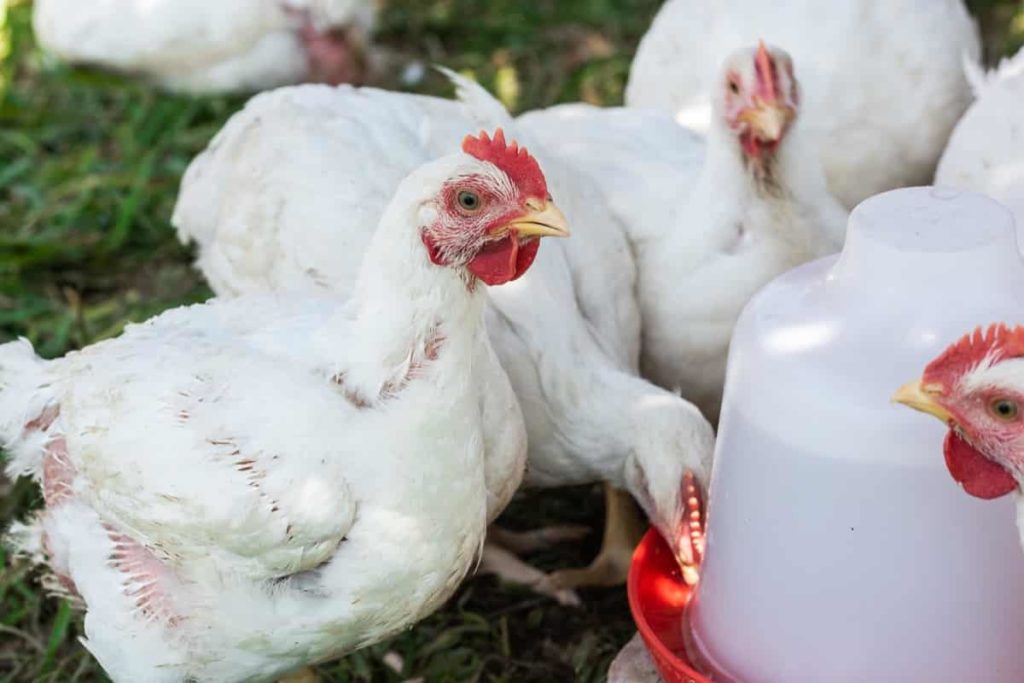
Sicilian Buttercup
This breed, originally from the island of Sicily, has been around for almost 1000 years. They come in only one-color type, and the NZ stock looks different from the original Italian breed color. The best layers of little white to cream-colored eggs.
Sussex
It is a British dual-purpose breed of chicken, reared for its meat and eggs. It was one of the primary breeds kept until modern industrial hybrid lines displaced it in the early twentieth century. So it can be considered a dual-purpose bird. Raises chickens and makes good mothers. Sussex is deemed to be strong and easy to handle.
The Sussex breed was initially bred in England as a dual-purpose bird. They can tolerate cold conditions. It is a popular breed in New Zealand. The most common color of Sussex is ‘Light Sussex’ – a white chicken with black feathers on the neck, wings, and tail tips.
Rhode Island / New Hampshire Reds
Rhode Island Red eggs are medium to large and light brown. These are two other famous dual-purpose American races in the NZ and heavy breeds. They have a deep connection, the main difference being the light color of New Hampshire. These are good layers of large light brown eggs.
Frizzle
A very hardy and strong bird is a Frizzle chicken whose wings flutter outwards. Some New Zealanders see them as a separate breed; others see them only as mutations because Frizzles can appear in almost every race and color.
Campine
The most common Belgian breed in New Zealand. A small but very attractive breed. This breed has two colors, gold and silver.
In case you missed it: Top 50 Poultry Farming Tips, Ideas, and Techniques
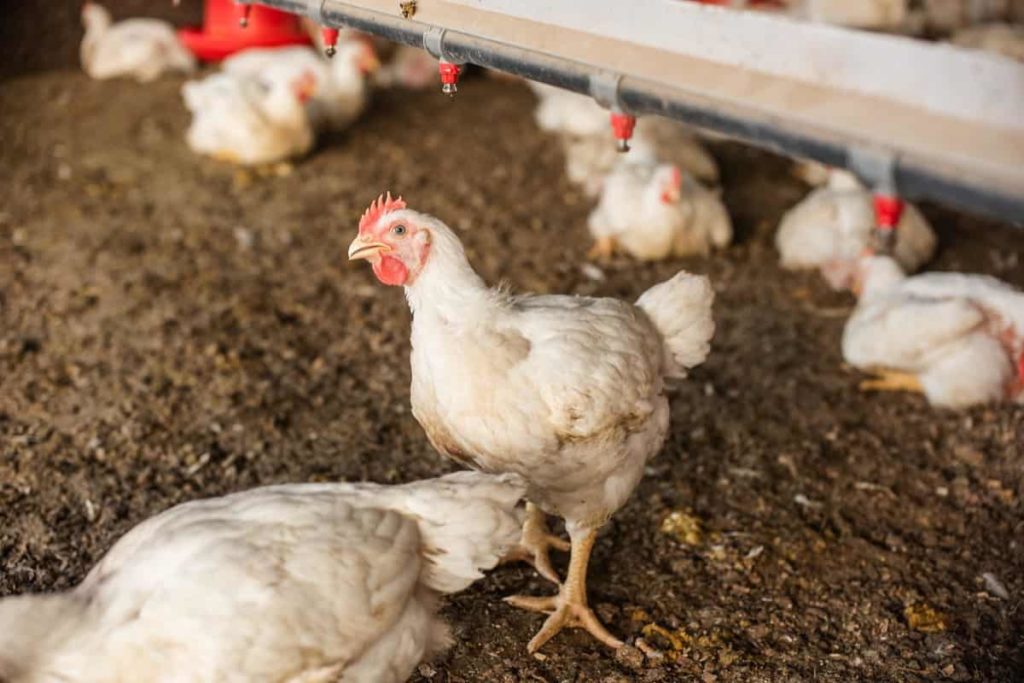
Feeding management for poultry farming in New Zealand
Chickens should be fed extensively for a complete and balanced diet. It should consist of mixed grains, pellets, mash, and green foods, which should be an essential part of the diet. Most diets contain energy-crop corn, soybean meal for protein, and vitamin and mineral supplements. Most people prefer pellets over mash because it is often wasted. Wheat is a favorite food of chickens, but it should be fed sparingly.
It is best to feed germinated wheat during the cold months. Table scraps are another great favorite because chickens are omnivorous and will eat anything, even their eggshells that you ate for breakfast. Some people suggest not feeding your birds some table scraps, such as potato peels or avocado skins, but if you are free and your birds are not pushed to eat, they will pick and select what they want to eat.
Poultry birds’ health care
New Zealand poultry is free of three major bird diseases Newcastle disease, infectious bursal disease, and notifiable avian influenza. Birds in New Zealand do not need to be vaccinated against these major diseases. New Zealand poultry is unlikely to be exposed to highly pathogenic, notifiable avian influenza (bird flu). The country is not on the flight path of migratory birds that spread the disease. No fresh or frozen poultry imports meat, eating eggs, or live poultry.
Animal Welfare
New Zealand has a reputation as an island nation free of major pests and diseases and is a country that maintains the highest standards of animal welfare. As a result, it has a unique position on broiler health, due to the absence of major diseases, better management, and higher storage levels. This state of high health is essential because New Zealand consumers are increasingly questioning what is done with the chicken they eat and how these chickens are raised.
Across New Zealand, there are about 180 farms that raise chickens for their meat. Most of these chickens live short lives in windowless sheds with 40,000 other birds. Birds are close to each other and have very little space to roam or do their usual thing. As the chickens grow, the living conditions inside the shed deteriorate. The floor on which they live is not cleaned until the birds are taken to be killed; that is, tens of thousands of birds accumulate lifelong waste. Because of these conditions, chickens are routinely fed antibiotics to prevent the spread of diseases and infections.
In case you missed it: How to Start Poultry Farming in Karnataka
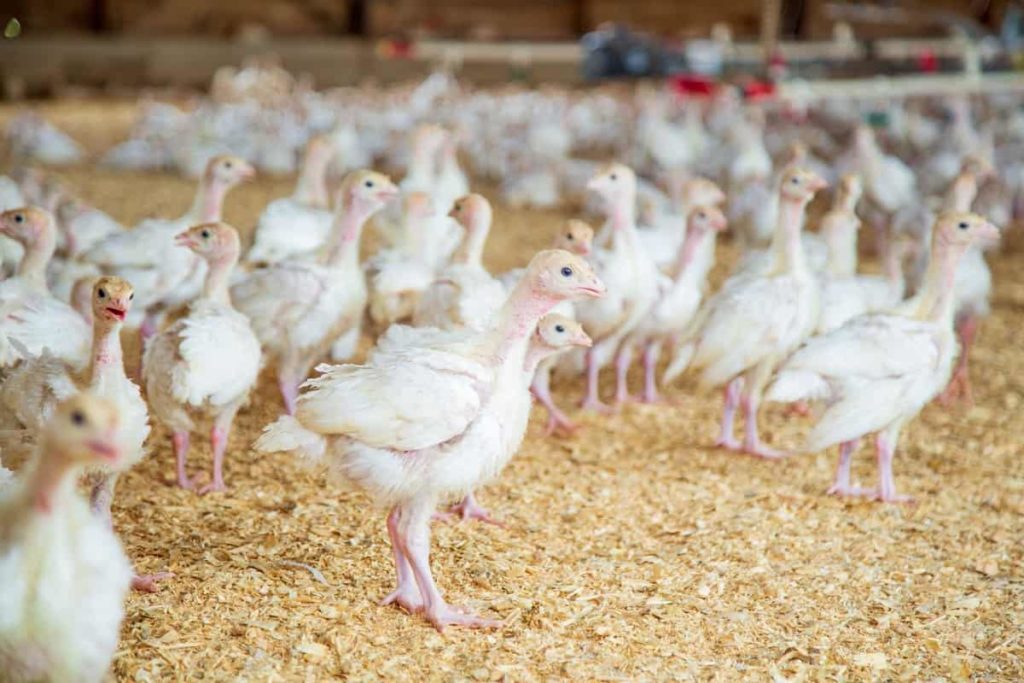
Poultry Industry Association of New Zealand (PIANZ)
PIANZ represents the interests of over 99% of poultry meat producers in New Zealand. It ensures that producers meet strict animal welfare, storage, and food safety standards. PIANZ represents the interests of over 99% of poultry processors in New Zealand, notably the four most prominent companies, Tegel, Inghams, Brinks, and Turks.
The New Zealand meat chicken industry is modern, highly efficient, and vertically integrated, with large companies primarily owned by hatcheries, chicken farms, and processing plants. New Zealand meat and chicken companies also sell and export their products under individual brands. Meat chicken farmers usually work for companies on a contract management basis.
- How to Make Houseplants Bushy: Effective Tips and Ideas
- Innovative Strategies for Boosting Coconut Pollination and Yield
- Pollination Strategies for Maximum Pumpkin Yield
- The Complete Guide to Chicken Fattening: Strategies for Maximum Growth
- Natural Solutions for Tulip Problems: 100% Effective Remedies for Leaf and Bulb-Related Issues
- Revolutionizing Citrus Preservation: Towards a Healthier, Greener Future
- Natural Solutions for Peony Leaf and Flower Problems: 100% Effective Remedies
- Maximizing Profits with Avocado Contract Farming in India: A Comprehensive Guide
- Natural Solutions for Hydrangea Problems: 100% Effective Remedies for Leaf and Flowers
- The Ultimate Guide to Choosing the Perfect Foliage Friend: Bringing Life Indoors
- From Sunlight to Sustainability: 15 Ways to Use Solar Technology in Agriculture
- The Ultimate Guide to Dong Tao Chicken: Exploring from History to Raising
- The Eco-Friendly Makeover: How to Convert Your Unused Swimming Pool into a Fish Pond
- Mastering the Art of Delaware Chicken Farming: Essentials for Healthy Backyard Flocks
- 20 Best Homemade Fertilizers for Money Plant: DIY Recipes and Application Methods
- How to Craft a Comprehensive Free-Range Chicken Farming Business Plan
- Brighten Your Flock: Raising Easter Egger Chickens for Beauty and Bounty
- How to Optimize Your Poultry Egg Farm Business Plan with These Strategies
- Subsidy for Spirulina Cultivation: How Indian Government Schemes Encouraging Spirulina Farmers
- Ultimate Guide to Raising Dominique Chickens: Breeding, Feeding, Egg-Production, and Care
- Mastering the Art of Raising Jersey Giant Chickens: Care, Feeding, and More
- Ultimate Guide to Raising Legbar Chickens: Breeding, Farming Practices, Diet, Egg-Production
- How to Raise Welsummer Chickens: A Comprehensive Guide for Beginners
- How to Protect Indoor Plants in Winter: A Comprehensive Guide
- Ultimate Guide to Grow Bag Gardening: Tips, Tricks, and Planting Ideas for Urban Gardeners
- Guide to Lotus Cultivation: How to Propagate, Plant, Grow, Care, Cost, and Profit
- Agriculture Drone Subsidy Scheme: Government Kisan Subsidy, License, and How to Apply Online
- Ultimate Guide to Raising Araucana Chickens: Breed Profile, Farming Economics, Diet, and Care
- Bringing Hydroponics to Classroom: Importance, Benefits of Learning for School Students
- Ultimate Guide to Raising Polish Chickens: Breed Profile, Farming Economics, Diet, and Care
- Ultimate Guide to Raising Australorp Chickens: Profile, Farming Economics, Egg Production, Diet, and Care
- Silkie Chicken Farming: Raising Practices, Varieties, Egg Production, Diet, and Care
- Sussex Chicken Farming: Raising Practices, Varieties, Egg Production, Diet and Care
- Homemade Feed Formulations for Livestock: Discover Cost-effective Starter to Finisher Feed Recipes
- 20 Best Pig Weight Gain Supplements: Top Swine Weight Gain Formulas
- Ultimate Guide to Elderberry Farming: Propagation, Planting, Yield, Cost, and Profit